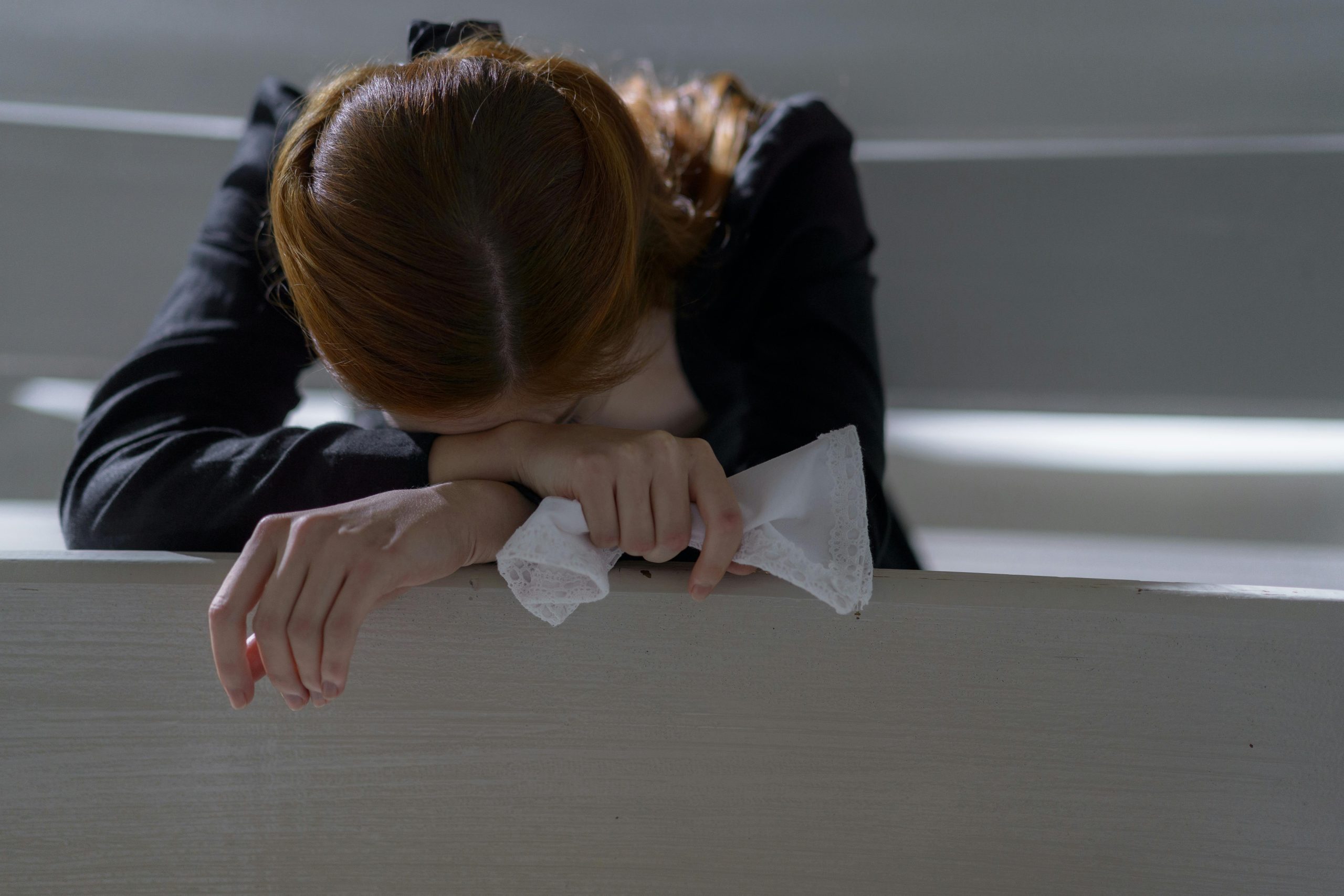Understanding the Hidden Truth Behind Nepal’s Recent Protest Tragedy
In recent days, Nepal has witnessed a tragic and tumultuous series of events that demand our attention and understanding. As a Nepali citizen who was present during the protests of September 8, I feel compelled to share the reality behind the headlines — a story often oversimplified or misrepresented by international media. It’s crucial to look beyond the surface and acknowledge the deeper issues fueling this national crisis.
Context of the Protest: More Than a Social Media Ban
The unrest was initially sparked by the government’s decision to block access to 26 social media platforms, including Facebook, Instagram, WhatsApp, Twitter (X), and YouTube, just three days before the protests. While this ban was a catalyst, it was not the root cause of the outrage. For months, frustration has been simmering among the Nepali youth and general populace due to widespread corruption, nepotism, and the extravagant lifestyles of those close to power. There is a growing indignation over how ordinary families struggle daily, while political elites indulge in luxury — a phenomenon often referred to as “nepo” or “nepo-baby” culture.
These issues have been building for years, and the social media ban only intensified existing tensions, serving as fuel on an already burning fire.
The Protest Movement and Its Human Cost
On September 8, thousands of Nepali citizens, predominantly young people and students, took to the streets demanding accountability, job opportunities, the end of corruption, and systemic reform. Initially peaceful, the protests soon faced a brutal crackdown by security forces. Reports from human rights organizations and local hospitals confirm that security personnel used water cannons, tear gas, rubber bullets, and, tragically, live ammunition against protesters.
Eyewitness accounts from the ground reveal a heartbreaking scene: a 15-year-old boy in school uniform was shot in the head and was still breathing when medics arrived. Many others, including children and students, sustained injuries and were carried away by rescue personnel. Watching young people treated as enemies while they simply demand a better future has been an emotional and traumatic experience for everyone present.
Media Narratives and Misrepresentation
International media outlets like BBC, DW, and CNN have often simplified the situation to a story about “kids protesting over a social media ban” — an oversimplification that deeply hurts those of us on the ground. Such narratives erase the underlying causes: entrenched corruption, lack of
